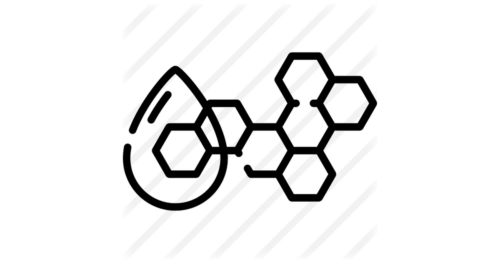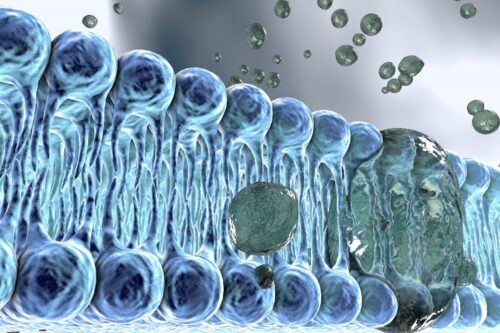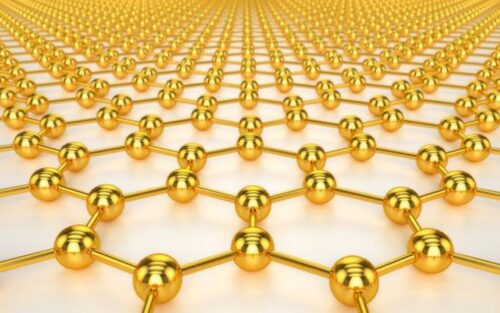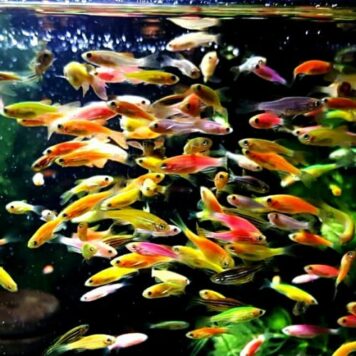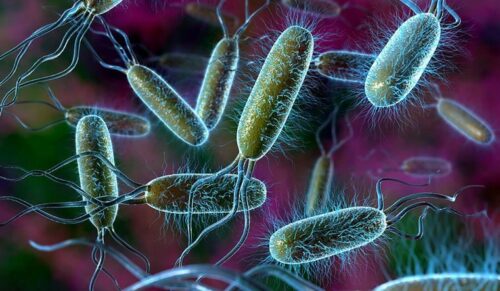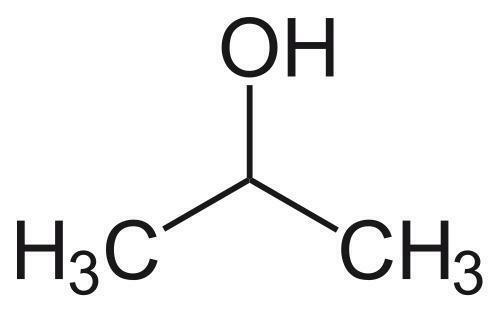Biomineralization is a typical methodology developed by nature to produce calcium-based materials. A method mimicking this process has nowadays become popular for the preparation of artificial organic-inorganic hybrids. Here, Cu3(PO4)2#nbsp;crystals with a flowerlike morphology have been prepared using water-soluble derivatives of fullerene C60#nbsp;as templates. In a typical system, flowerlike crystals of Cu3(PO4)2#nbsp;(denoted FLCs-Cu) were obtained by simply dropping an aqueous solution of CuSO4#nbsp;into phosphate-buffered saline (PBS) containing a highly water-soluble multiadduct of C60#nbsp;(fullerenol). The best condition for the preparation of FLCs-Cu appeared at 0.20 mg·mL-1#nbsp;fullerenol and 0.10 mol·L-1#nbsp;PBS. During the formation of FLCs-Cu, fullerenol acts as a template and its content in FLCs-Cu is trace (less than 5% by atom) as confirmed by scanning electron microscopy mapping and thermogravimetric analysis. This feature makes fullerenol reusable, and the FLCs-Cu can be prepared repeatedly using the same fullerenol aqueous solution at least 10 times without a noticeable change in the morphology. The N2#nbsp;adsorption/desorption isotherm showed that the doping of fullerenol increased the specific surface area of the Cu3(PO4)2#nbsp;crystal. When fullerenol was replaced by C60#nbsp;monoadducts that are cofunctionalized with a pyrrolidine cation and oligo(poly(ethylene oxide)) chains, FLCs-Cu can form as well, indicating that the strategy of using water-soluble C60#nbsp;derivative as a template to get FLCs-Cu is universal. As a typical example of practical applications, the photocatalytic activity of the FLCs-Cu was investigated toward the degradation of dyes including rhodamine B and rhodamine 6G. In both cases, efficient photodegradation has been confirmed.
Related researches 71 articles






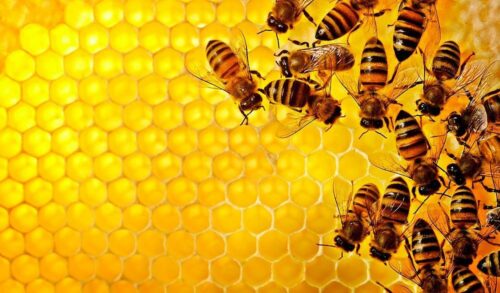




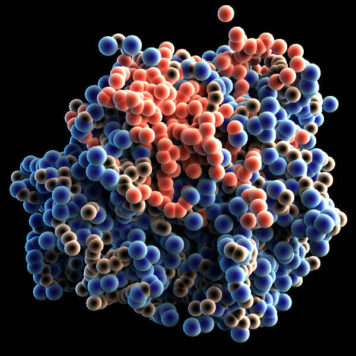



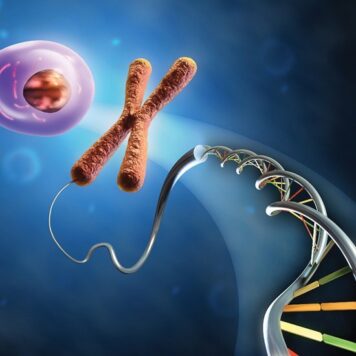



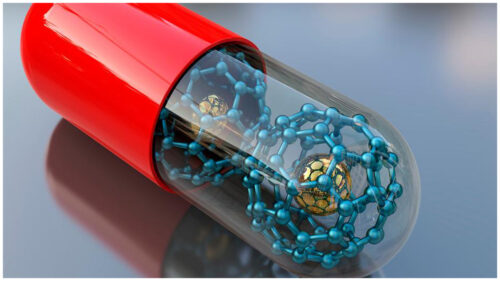




![Inhalable gadofullerenol/[70] fullerenol as high-efficiency ROS scavengers for pulmonary fibrosis therapy](https://biofullerene.com/wp-content/uploads/2022/12/istockphoto-12925559-440x356.jpg)
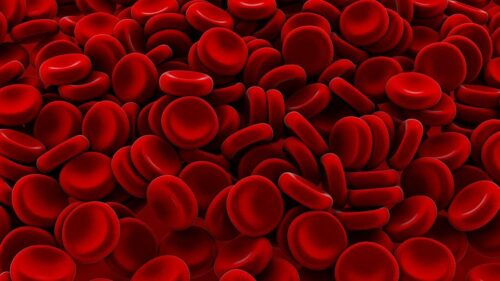


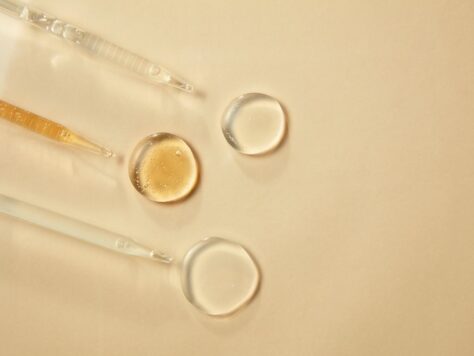
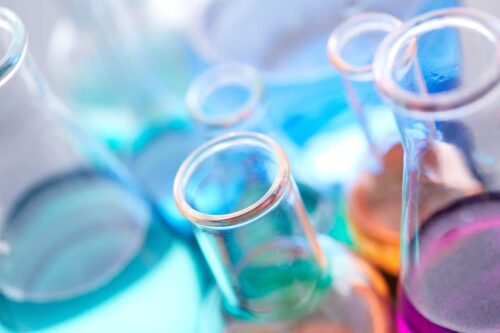



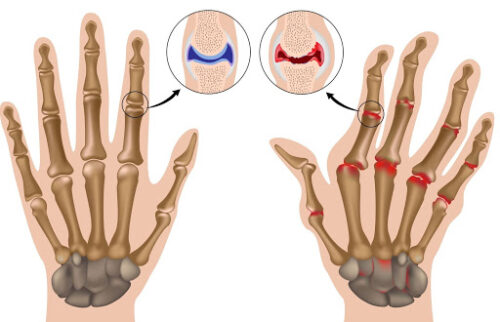
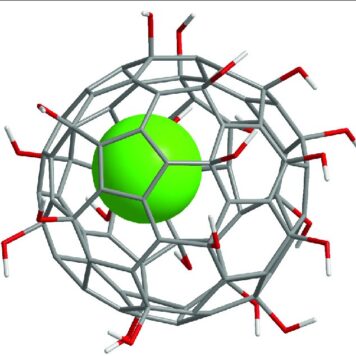

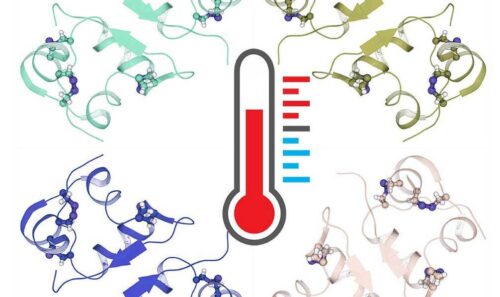

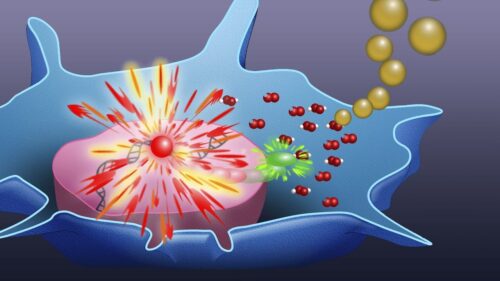
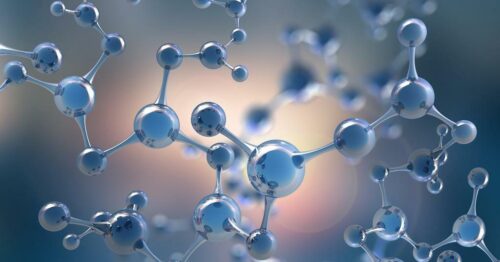






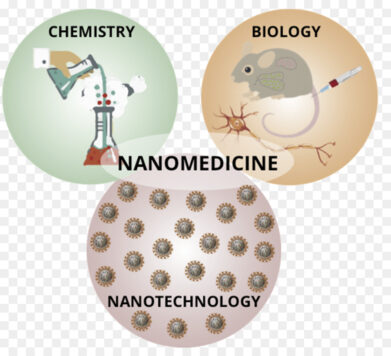



![Palladium-Catalyzed Reaction of [60]Fullerene with Aroyl Compounds via Enolate-Mediated sp 2 C-H Bond Activation and Hydroxylation](https://biofullerene.com/wp-content/uploads/2022/12/2978543-356x356.png)
